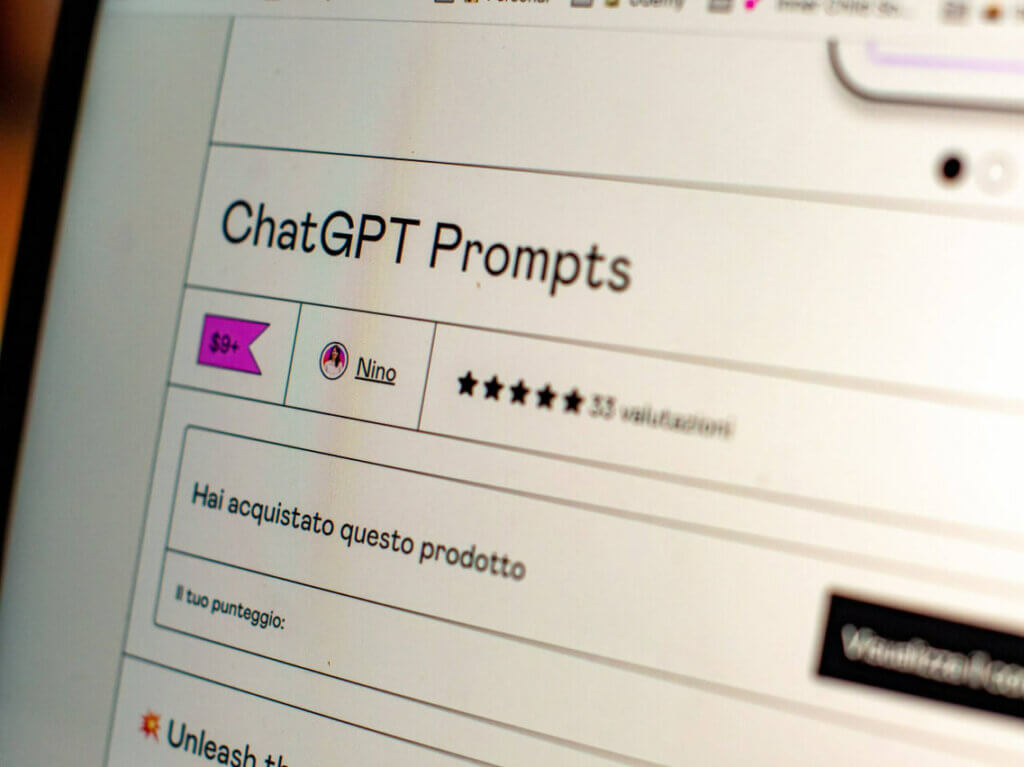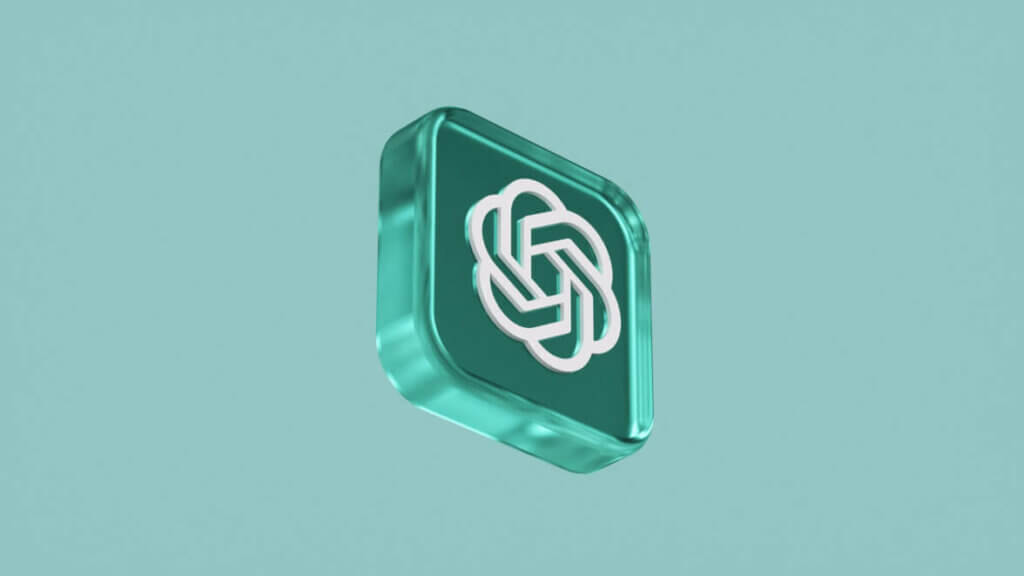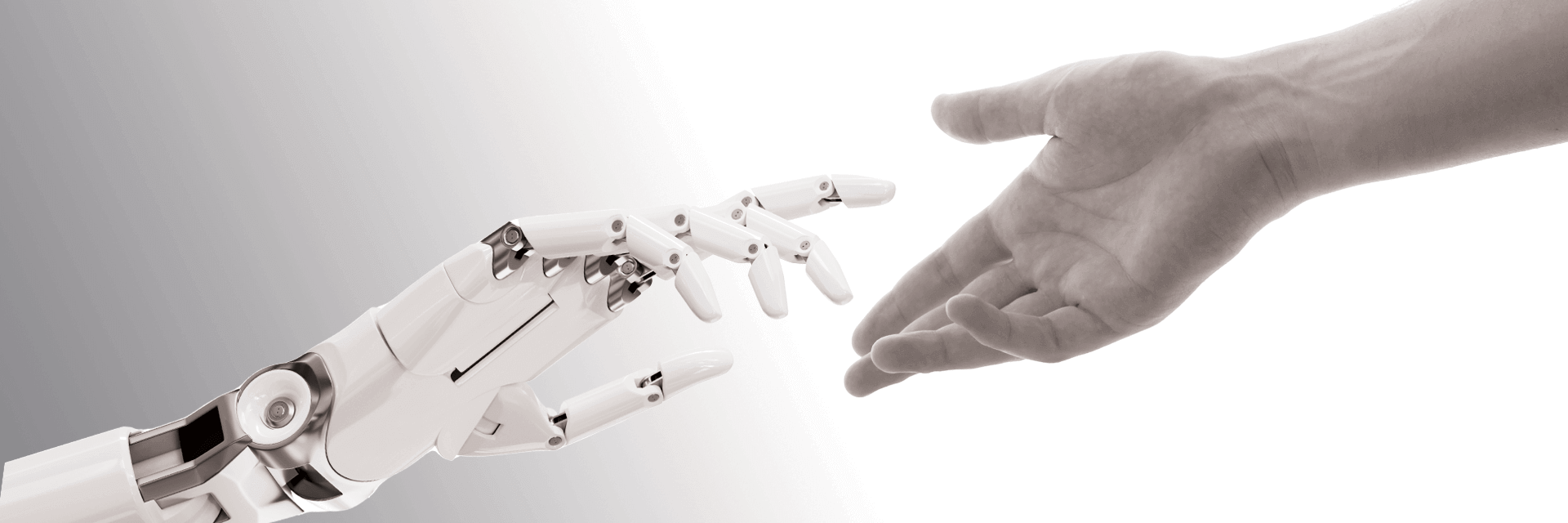Short answer: Do what it can’t…
ChatGPT Is Changing the Game
…especially in the creative industry. With its unparalleled ability to generate logical reasoning, objective information, and near-perfect output in just seconds, ChatGPT has already made a massive impact on the world. Still, ChatGPT could never replace human creativity, but instead, serves as a tool to amplify it. Just like the calculator, the personal computer, and even the search engine, the purpose of ChatGPT is to enhance the humans who use it.
How Do We Use ChatGPT?
Creatives are trained to find a balance between art and science, input and output, vision and execution. But now that’s changing. Thanks to ChatGPT, creatives must now shift their approach to harness the virtually infinite capabilities of AI to meet their specific needs. This means we must tap into what makes us unique and use it in conjunction with ChatGPT. In other words, we must do what Chat GPT can’t — we must be human.
1. We Must Be Childish
Children are just learning the ways of the world. This gives them an innate sense of wonder, curiosity, and playfulness that can lead to open-minded thinking and innovative ideas. ChatGPT, on the other hand, is bound by intelligently following the rules and directions set by 10% of the internet. It may be great at following rules and parameters, but that inherently limits the ideas that it can flesh out.
Example prompts:
- “If there’s such thing as a black hole, there must be a white hole in existence, too. Can you define it for me?”
- “Make up a story about a future where McDonald’s enters the fashion industry.”
- “Write a rough draft of a comedy script for a laundry detergent that cleans your mind of dirty thoughts.”

2. We Must Be Irrational
Making irrational decisions is fundamental to human nature, allowing us to think beyond the boundaries of logic and reason. Irrationality gives rise to our emotions, desires, and passions, and allows us to create, imagine, and experience things that don’t necessarily have a rational explanation. It allows for serendipitous discoveries, and encourages individuals to take bigger risks, dismissing the head and following the heart, even when the outcome is uncertain. With ChatGPT, we can input our most irrational ideas and trust the AI to build on them by attempting to create a logical path to execution.
Example prompts:
- “What if our feet were our hands and our hands were our feet? How would the shoes and gloves industries be affected?”
- “Give me a concept writeup for an idea called: Uber Bathroom.”
- “What could happen if someone traveled back in time to warn themselves not to build a time machine?”
3. We Must Be Imperfect
Perfect is the enemy of good. So, embrace clunky copy, half-baked ideas, and convoluted brain dumps as a source of inspiration for our ChatGPT inputs. They can be molded into refined expressions of us, generated into more original ideas, and fostered into a greater willingness to take risks and experiment.
We are constantly learning, growing, and changing. And by trusting ChatGPT with our imperfect ideas along the way, we can create better work and develop ourselves, faster.
Example prompts:
- “Can you make this copy flow better? [Attach your clunky copy]”
- “The concept below is half-baked, and I need you to simplify it. [Attach your convoluted concept]”
- “Can you refine this brain dump of random thoughts into a linear narrative? [Attach your brain dump]”
4. We Must Be Subjective
Chat GPT is a wealth of objective and (usually) accurate information, but it lacks the personal touch people come to expect from their favorite human creators. This personal touch is a representation of our subjective take on our life experiences. So, when we use ChatGPT to cut our work time in half, we should use that time we saved to inject our own unique voice into the final product. By embracing subjectivity in creative work, we can tap into our own voice and deliver ideas that are personal, meaningful, and impactful. We should keep this in mind during the editing process, after we nail the prompt..

5. We Must Be Slow
The idea generation stage should be fast to allow for free-flowing thoughts and quick sketches, while the refinement stage should be slow and more deliberate. After generating output with ChatGPT at rapid speeds, we should take more time to think deeply and reflect on the ideas, shaping them until they fit the context in which our audience will experience them. For instance, if we’re writing a song about summer. Before we finalize it, we should make sure to listen to it while cruising down the highway with friends, with the windows down, basking in the warm weather.
This may take extra time, but it will lead to more meaningful work. It will bring out empathy, intuition, and emotional depth that ChatGPT cannot create on its own, which is often what makes creative work stand out, resonate with others, and become timeless.
We Must Be Human
Chat GPT will always be better than humans at generating output. And the quality of that output will always depend on the quality of the input, which of course, is controlled by humans. That’s why, in order to stay relevant, creative people need to pivot.
Instead of spending countless hours on generating output, our time will be better spent exploring the world, collecting experiences, reflecting on them, and using them as reference points as inputs for ChatGPT. Then we should spend time sculpting its output until we believe it’s good enough for the audience.
This means we’re not merely creatives anymore, we’re much more. We are directors, who use our creative taste as our greatest superpower. And now, we all have the most productive junior writer, researcher, idea generator, and coder working beneath us. The question is, how will we direct them to realize our vision?
It all starts with embracing what makes us human.
